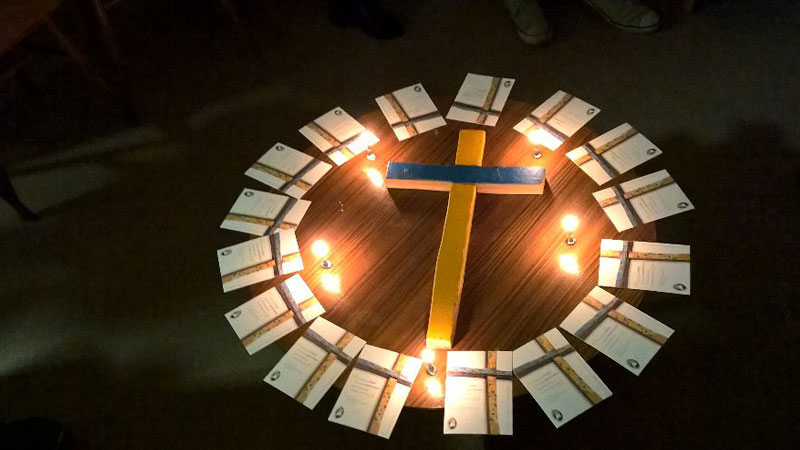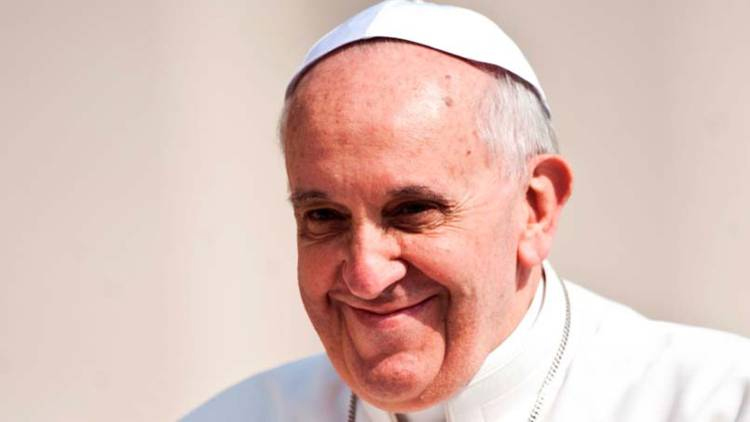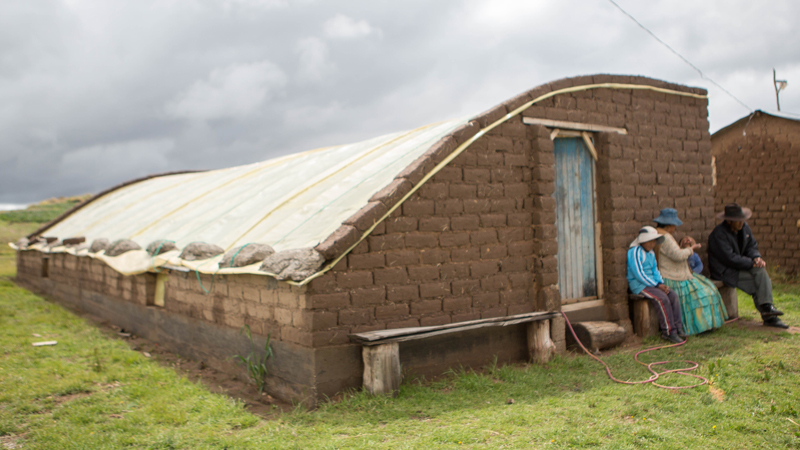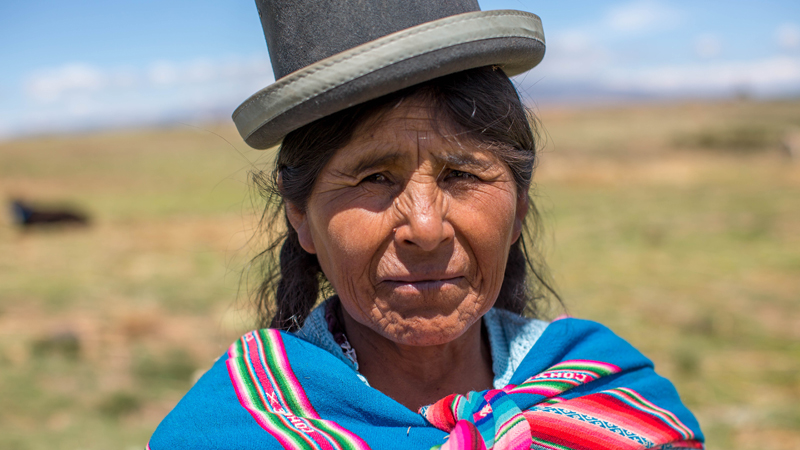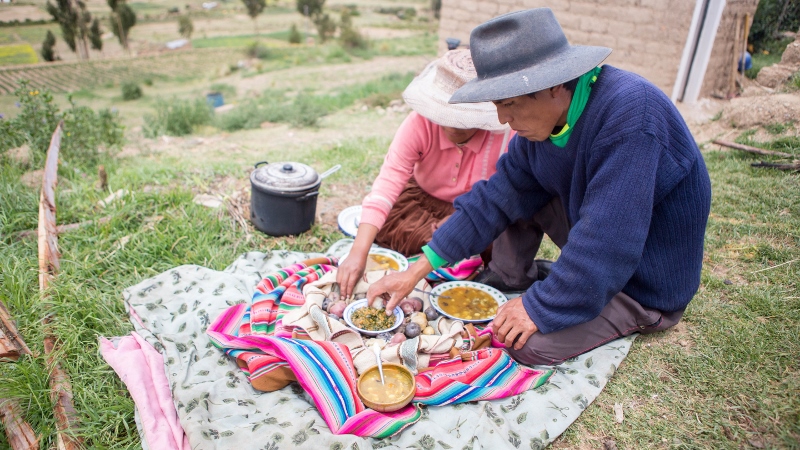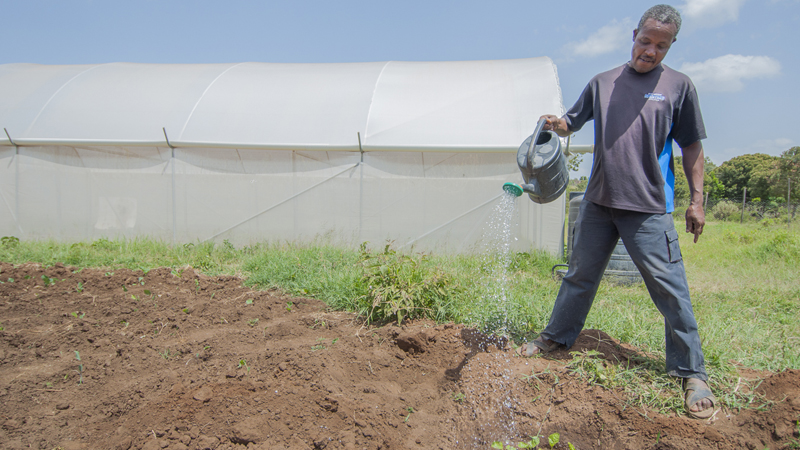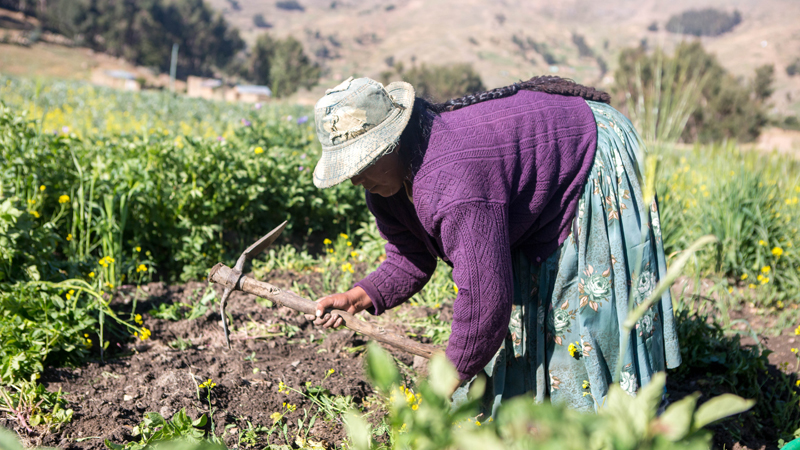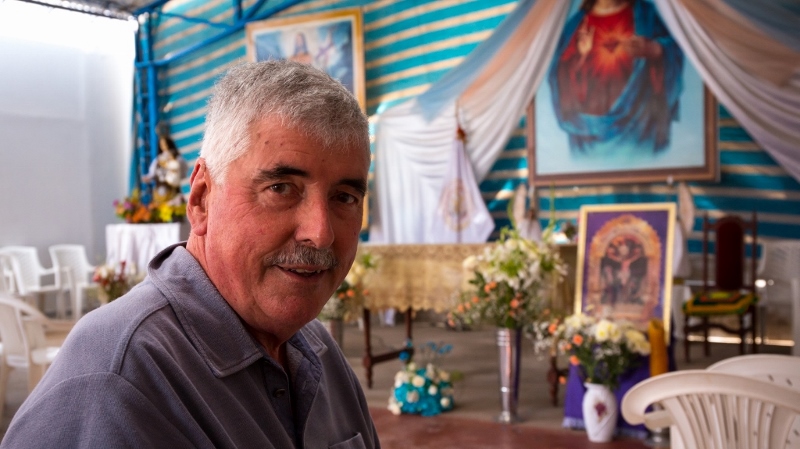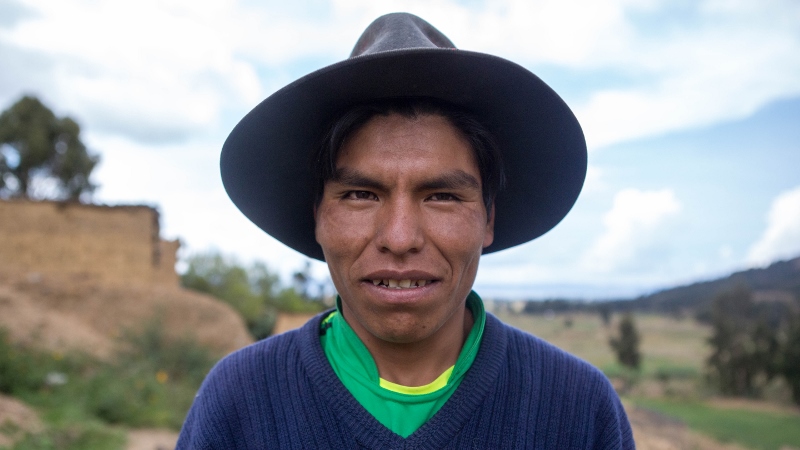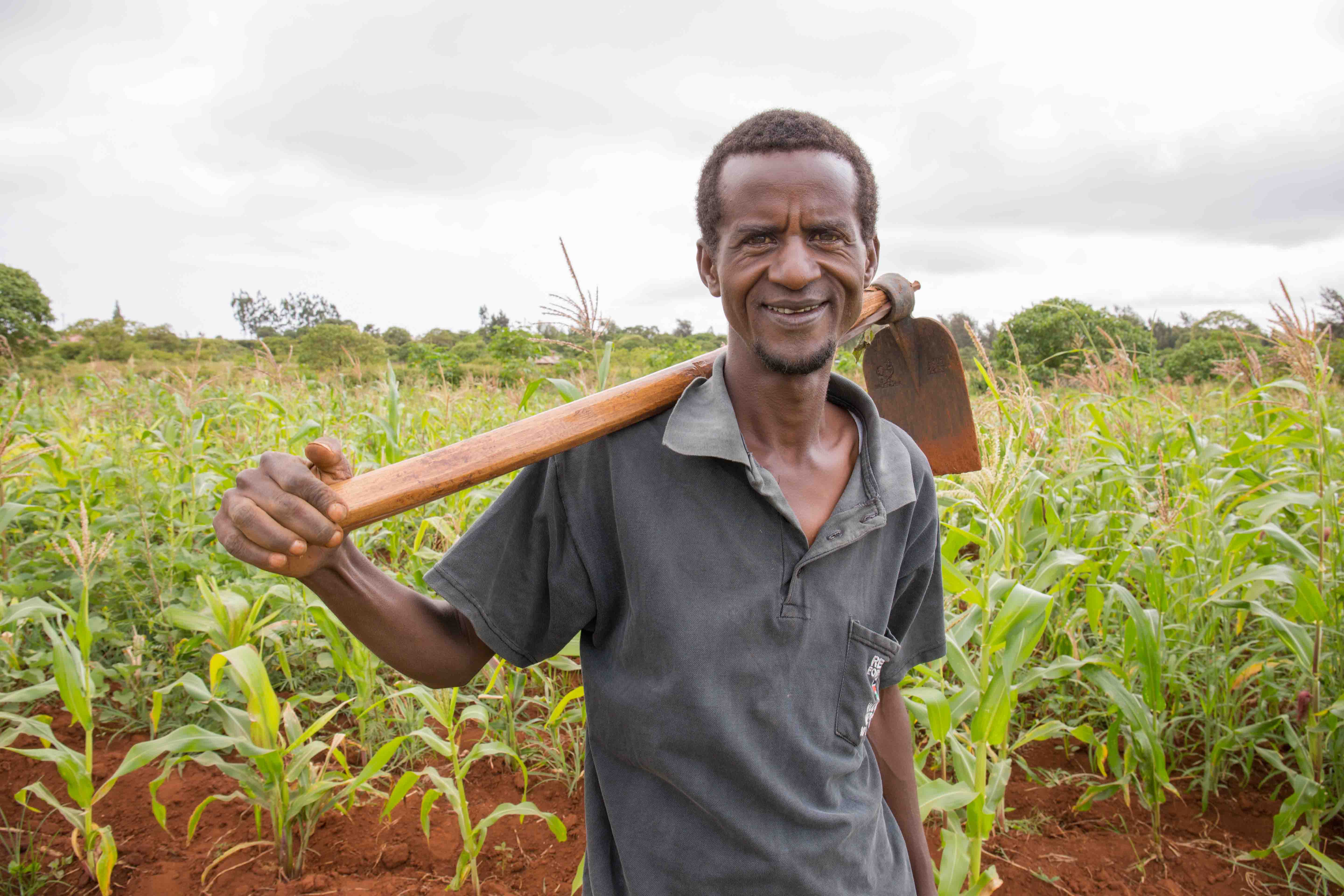Legacies are building a brighter future
October 27, 2016
Hannah Caldwell, CAFOD’s legacy officer, explains what she loves about legacies.
People are sometimes surprised to hear that I love my job. “Gifts in wills…?” they ask cautiously, “isn’t that kind of…depressing?” My answer is an assured “No!”
Because it’s quite the opposite. Gifts in wills, also known as legacies, are about life, not death, and it’s really special to be part of a supporter’s journey to decide to leave a gift to CAFOD in this way.
Find out more about the difference gifts in wills make to CAFOD’s work
Here are my favourite things about legacies:
They are a sign of hope
One of my favourite passages of scripture is from the Book of Jeremiah, ‘”For I know the plans I have for you,” declares the Lord, “plans to prosper you and not to harm you, plans to give you hope and a future.”’
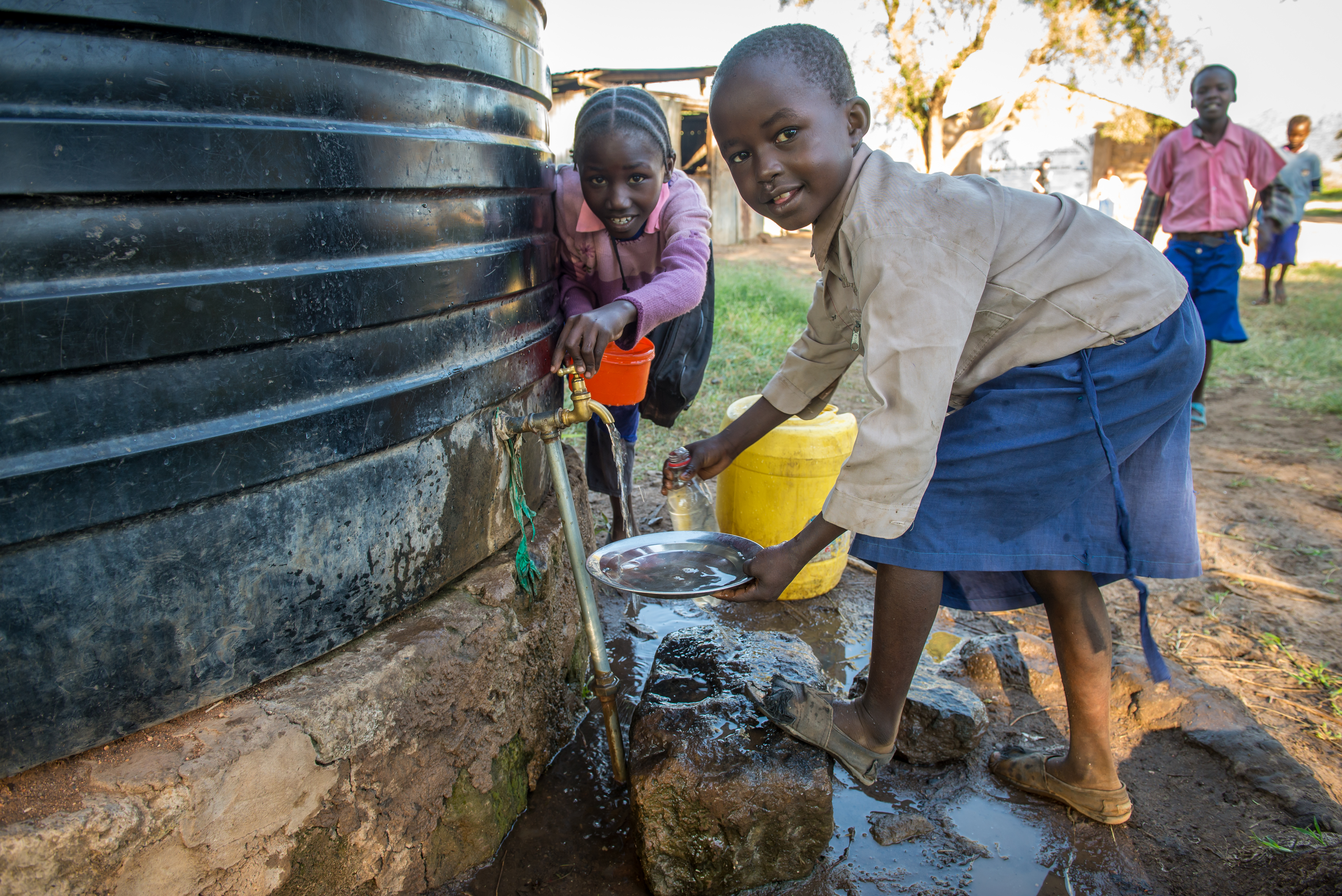
A legacy is a gift of hope, a gift pledged today to promise to bring about a better future for others.
It’s easy to be cynical about the way the world is, or resign ourselves to the feeling that things can’t change. But a legacy flies in the face of this defeatism! It says things can change; that the world can be a better place. And through their gift we can help bring about that change for many years to come. A legacy is part of building a brighter future for our children and grandchildren.

